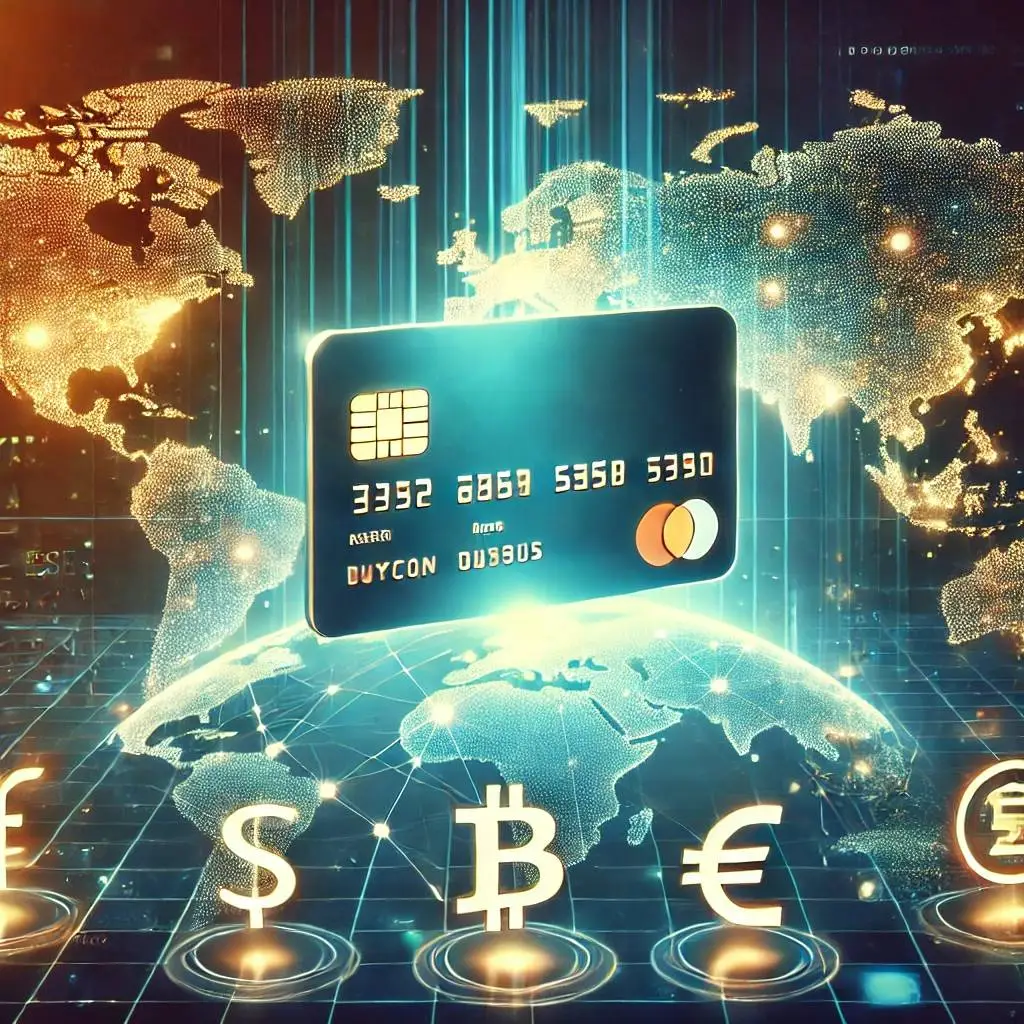The Future of Borderless Payments: Enabling Seamless Global Transactions
The Future of Borderless Payments: Enabling Seamless Global Transactions
In today’s digital economy, financial transactions are no longer confined by geographical borders. The rise of borderless payments is transforming the way businesses and individuals send and receive money, making global commerce faster, cheaper, and more accessible.
What Are Borderless Payments?
Borderless payments refer to financial transactions that occur without the limitations of traditional banking systems and international transfer barriers. These payments allow businesses and individuals to send money across different countries instantly, without excessive fees, currency exchange complications, or long processing times.
Why Borderless Payments Matter
Faster Transactions
Traditional cross-border transfers via banks can take days to process. Borderless payment systems leverage modern financial technology (FinTech), including blockchain, cryptocurrency, and digital wallets, to enable instant or near-instant payments globally.
Lower Costs
Banks and intermediaries often charge hefty fees for international transfers. Borderless payment platforms bypass middlemen, reducing costs significantly.
Currency Flexibility
Many borderless payment providers automatically convert currencies at competitive exchange rates, allowing businesses to operate seamlessly across multiple countries.
Access to Global Markets
E-commerce businesses, freelancers, and digital nomads can receive payments from international clients without hassle, expanding their reach beyond local economies.
Financial Inclusion
Borderless payments empower people in underbanked regions to participate in the global economy using mobile wallets and digital currencies instead of traditional bank accounts.
Technologies Powering Borderless Payments
- Cryptocurrencies & Blockchain: Bitcoin, Ethereum, and stablecoins provide fast and decentralized transactions.
- FinTech Payment Platforms: Services like Betapayy, Payoneer, Wise, and Stripe streamline international payments with minimal fees.
- Central Bank Digital Currencies (CBDCs): Governments are exploring digital currencies to facilitate faster cross-border transactions.
Challenges & Future Outlook
Despite their advantages, borderless payments face challenges such as regulatory compliance, fraud risks, and fluctuating exchange rates. However, advancements in AI-driven fraud detection, smart contracts, and central bank digital currencies are shaping a more secure and efficient future.
The Future is Now
As borderless payment technology continues to evolve, businesses and individuals must adapt to this new era of global finance. Platforms like Betapayy are paving the way for a truly interconnected world where financial transactions flow freely, efficiently, and securely across borders.
Are you ready to embrace the future of borderless payments? Share your thoughts in the comments!





